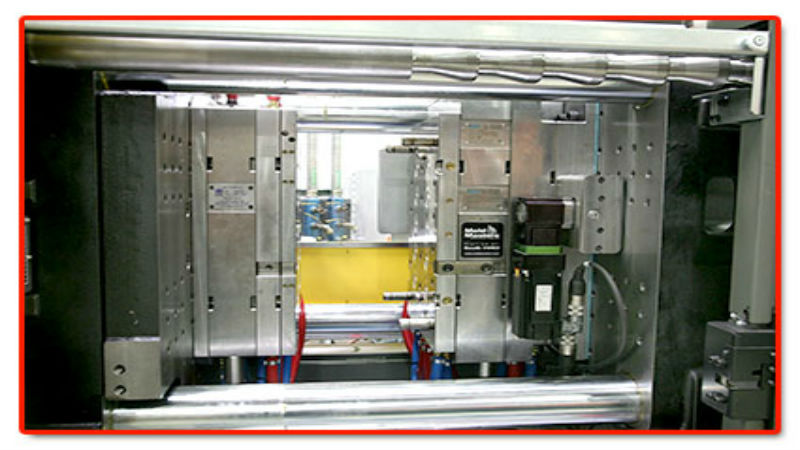When it comes to choosing a sling, there are several different elements of the lift and the load to keep in mind. To accommodate any lift requirement, there are different types of slings made of different materials.
Traditional types of slings include chain and wire rope and metal mesh design and options. A newer addition to the list is the use of synthetics. There are several advantages to the use of a synthetic sling that make it the best choice for many lifting and moving requirements.
What to Consider
In considering the best type of sling, it is necessary to consider the weight of the load, where the center of gravity will be for the load as well as the number of attachment points that will be required for a lift that balances the load across the sling.
Benefits of Synthetic Materials
When it comes to the synthetic sling options, which are nylon or polyester, there are several advantages to consider. It is important to ensure that the sling is used within its rated capacity, as it is with any other type of sling.
The synthetic sling is naturally very soft against the load, which virtually eliminates the type of surface abrasion that can occur with chain, wire rope or metal mesh types of slings. They also tend to be much lower cost, which makes it convenient to have a wide range of different styles and options in these slings on hand to accommodate any load type.
With the use of any synthetic sling or metal sling option, frequent inspection of the sling will be critical. With a nylon or polyester, there is a greater risk of wear and cutting of the sling material, but the low cost allows for replacement as necessary without a significant cost concern.

